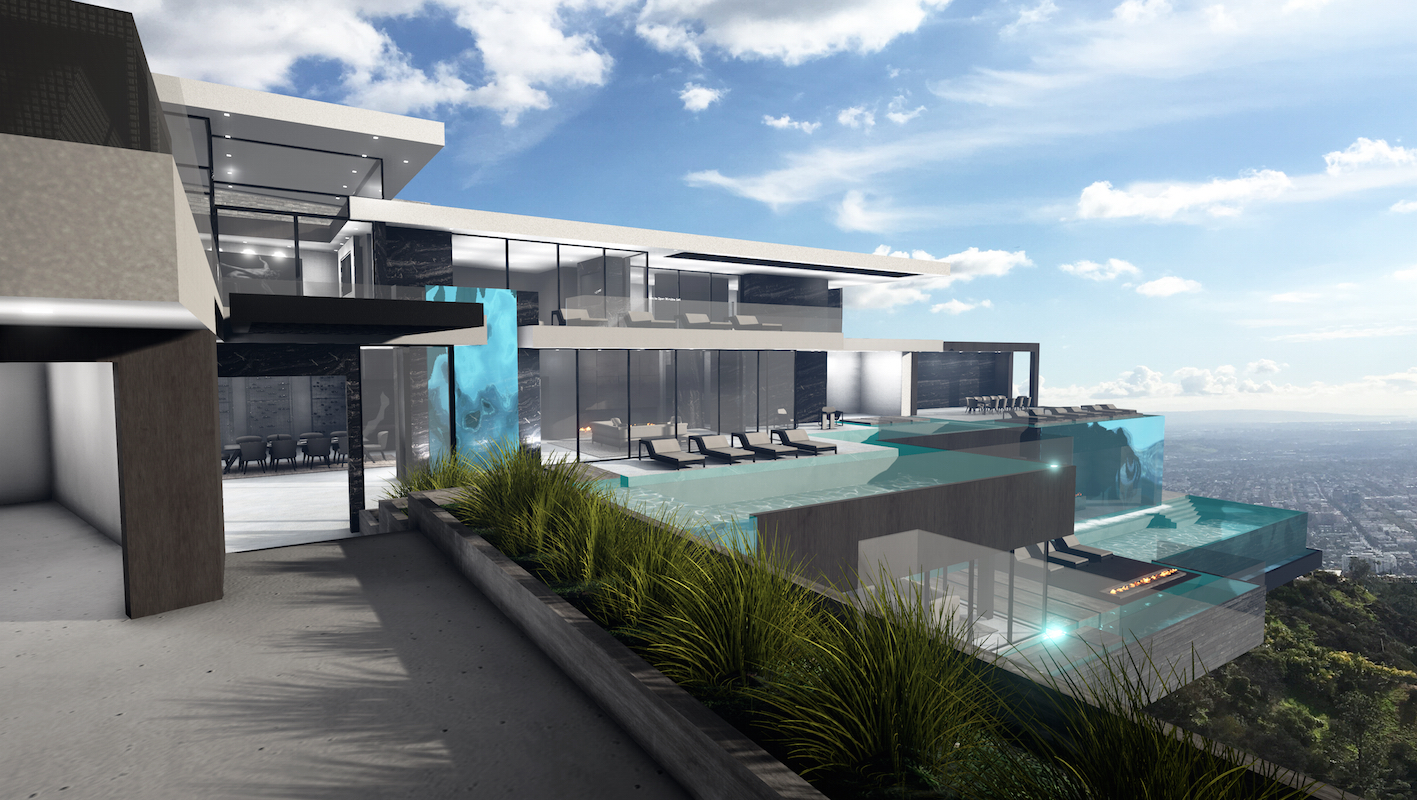Think of it as an advanced kind of staging – without the time or expense.
Architectural Virtual Reality Studio, developed by Los Angeles-based IR Architects’ Ignacio Rodriguez, promises to reinvent how designers, developers and clients witness their projects develop.
“The idea behind the AVR studio is for clients to have the opportunity to see what an architect is going to build before it’s built, and make changes if needed,” he says.
Nine out of 10 clients don’t know how to read an architect’s plans, he contends. “They don’t know what they’re approving,” he says. “AVR Studio helps them understand any changes before they break ground.”
He began to research the technology two-and-a-half years back, hiring designers and coders to develop it. “We got involved in doing a lot of really big homes in L.A. at once, and in my mind and in what the clients saw – the changes were so drastic it put the firm in a tough spot to keep all 10 homes going,” he says.
Today, AVR Studio produces interactive VR walkthroughs of real-estate properties, ranging from concepts to in-progress previews, for his clientele. The virtual renderings of properties will also incorporate detailed interior designs, providing a virtual staging of the space and most accurate representation of a finished blueprint.
“In our experience it allows developers to anticipate revisions they’re going to make in the field and save time and money, which can make or break a project,” he says. “They see the changes way before they start pouring concrete, so there are huge savings.”
He charges a reasonable $2.25 per square foot for the VR experience, plus unlimited renderings and animation. They can come in quite handy.
“One client is building a 29,000 square foot house,” he says. “We did the VR experience and realized there were some design flaws and they went back to the drawing board to redraw and rebid before they broke ground.”
Without the technology, construction on the $21 million home would have been completed, then torn down, with a delay of six to eight months. With the AVR Studio, the client realized a savings of about $2 million, or 10 percent.
“It’s mind-blowing,” he says.
And demonstrably efficient, too.
For more, go here.
[slideshow id=1885]

